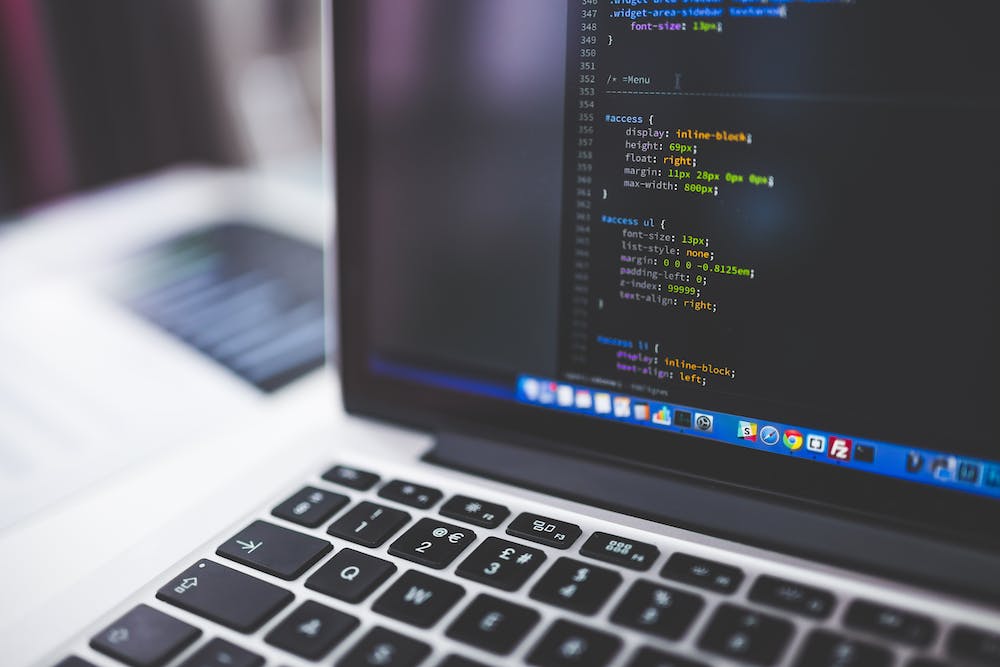
Laravel is a popular PHP framework that has gained immense popularity among developers due to its simplicity, scalability, and flexibility. One of the most powerful tools that Laravel offers is its Command Line Interface (CLI), which allows developers to interact with the framework through a command-line environment.
Getting Started with Laravel CLI
Before diving into the ultimate cheat sheet for Laravel CLI, IT‘s essential to understand the basics of how it works and how to get started with it. Laravel CLI is built on top of Symfony’s Console component, which provides a powerful and flexible command-line interface for building command-line applications in PHP.
To use Laravel CLI, you first need to have Laravel installed on your system. You can install Laravel using Composer, a dependency manager for PHP. Once Laravel is installed, you can start using the CLI to generate code, run migrations, and perform various other tasks.
Basic Commands
Let’s start with some of the basic commands that you can use with Laravel CLI:
php artisan list– This command will display a list of all available commands that you can use with Laravel CLI.php artisan make:model UserModel– This command will create a new Eloquent model in the app/Models directory.php artisan make:controller UserController– This command will generate a new controller in the app/Http/Controllers directory.php artisan migrate– This command will run all of your outstanding migrations.
Advanced Commands
Once you’ve mastered the basic commands, you can move on to more advanced commands that will help you streamline your development process:
php artisan make:middleware AuthMiddleware– This command will create a new middleware in the app/Http/Middleware directory.php artisan make:factory PostFactory --model=Post– This command will create a new model factory for the Post model.php artisan db:seed --class=UserSeeder– This command will seed your database with dummy data using the UserSeeder class.php artisan route:list– This command will display a list of all registered routes.
Optimizing Your Workflow with Laravel CLI
Now that you’re familiar with the basic and advanced commands of Laravel CLI, it’s important to optimize your workflow to make the most of this powerful tool. Here are some tips to help you streamline your development process:
Creating Custom Commands
Laravel CLI allows you to create custom commands to automate repetitive tasks and simplify complex operations. You can create custom commands by extending the Illuminate\Console\Command class and registering them with the CLI. This allows you to encapsulate complex logic and execute it with a single command.
For example, suppose you frequently need to import data from an external API into your database. You can create a custom command that handles this process, including fetching the data, transforming it, and persisting it to the database. This allows you to run the command whenever you need to update your database with the latest data, without having to repeat the same manual steps every time.
Using Command Scheduler
Laravel CLI also offers a command scheduler that allows you to define your command schedule within the App\Console\Kernel class. You can define the schedule using a simple and expressive syntax, such as specifying the command to run and the frequency at which it should be executed.
For example, you can schedule a command to run every day at midnight to perform regular maintenance tasks, such as clearing caches, optimizing the database, or sending out automated emails. This helps automate routine tasks and ensures that they are executed reliably and on time.
Working with packages
Laravel CLI provides seamless integration with Composer, allowing you to easily install and manage third-party packages for your Laravel application. You can use the composer require command to install a package, and it will automatically be registered with your application’s autoloader, service provider, and other configurations. This simplifies the process of integrating new functionality into your application and allows you to focus on building your features without worrying about the nitty-gritty details of package integration.
Conclusion
Laravel Command Line Interface (CLI) is an essential tool for every Laravel developer, offering a wide range of commands to streamline the development process. By mastering the commands and optimizing your workflow, you can significantly improve your productivity and efficiency in building Laravel applications. This ultimate cheat sheet provides a comprehensive overview of Laravel CLI and offers tips to help you make the most of this powerful tool. With practice and experimentation, you can leverage Laravel CLI to its full potential and become a more proficient Laravel developer.
FAQs
1. Can I use Laravel CLI on Windows?
Yes, Laravel CLI is platform-independent and can be used on Windows, Mac, and Linux operating systems.
2. Is Laravel CLI different from Artisan?
No, Artisan is the name of the command-line interface included with Laravel, so when you use Laravel CLI, you are essentially using Artisan.
3. Can I create my own custom commands with Laravel CLI?
Yes, Laravel CLI allows you to create custom commands to automate repetitive tasks and simplify complex operations.
4. How can I learn more about Laravel CLI?
You can refer to the official Laravel documentation for detailed information about Laravel CLI, including a list of all available commands and their descriptions.
5. How can I troubleshoot issues with Laravel CLI?
If you encounter any issues with Laravel CLI, you can refer to the Laravel community forums, GitHub issues, or Stack Overflow for assistance. You can also reach out to the Laravel support team for professional guidance.





